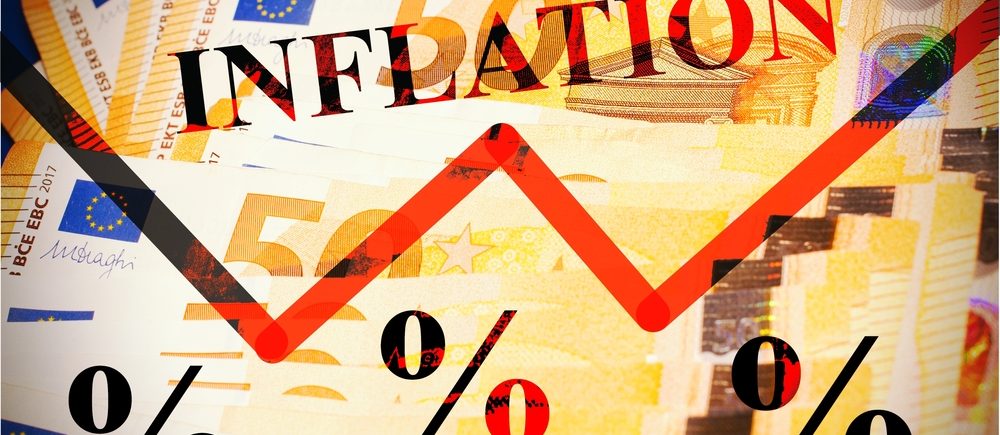The Federal Reserve Bank of New York’s latest Survey of Consumer Expectations, released on June 9, 2025, reveals a notable decline in year-ahead inflation expectations, dropping to 3.2% in May from 3.6% in April. This shift, alongside easing concerns about debt and improving views on jobs and personal finances, suggests a cooling economic environment. As central bank policies and trade tensions evolve, these findings carry significant implications for markets and monetary policy. Here’s what’s driving this change and what it means.
Declining Inflation Expectations
Households are anticipating slower price increases across multiple horizons. The survey shows three-year-ahead inflation expectations fell to 3% in May from 3.2% in April, while five-year-ahead expectations dipped to 2.6% from 2.7%. Home price rise expectations also eased to 3% from 3.3%. Consumers expect slower cost increases for essentials like gas, medical care, college, and rent. This broad-based decline in inflation expectations points to a perception of stabilizing prices, potentially easing pressure on the Federal Reserve to maintain high interest rates.
Improving Household Confidence
The survey highlights a brighter outlook for households. Views on personal financial situations improved slightly in May, with consumers expressing greater optimism about the job market. Notably, expectations of missing debt payments dropped, signaling reduced financial strain. These trends suggest households are adapting to economic challenges, possibly buoyed by steady employment prospects despite recent labor market softness, such as May’s ADP Employment Change reporting only 37,000 jobs added against an expected 115,000.
Monetary Policy and Trade Context
The Federal Reserve faces a delicate balancing act. With markets pricing in a 58.5% chance of a rate cut in September, while rates hold at 4.25-4.50% for June and July, falling inflation expectations could bolster arguments for monetary easing. However, ongoing US trade policies, including 50% tariffs on steel and aluminum effective June 4, 2025, may introduce inflationary pressures, complicating the Fed’s path. Bank of Japan Governor Kazuo Ueda’s warning of tariff-driven cost increases underscores the interconnected challenges, as a stronger Yen pressures the USD/JPY pair, which fell below 143.00 in early June.
Implications for Markets and Investors
The subdued inflation outlook has yet to spark significant market moves, with the US Dollar Index down just 0.15% at 99.05 on June 9, 2025. However, a sustained drop in inflation expectations could weaken the Dollar further, reinforcing safe-haven assets like the Yen. Investors face a volatile landscape, with trade disruptions risking higher consumer costs and supply chain strains. Hedging with stable assets and focusing on resilient sectors like technology can help navigate uncertainty. The decline in inflation expectations isn’t just a statistic—it’s a signal of shifting economic winds, urging vigilance in a complex monetary and trade environment.

Inflation
 Noor Trends News, Technical Analysis, Educational Tools and Recommendations
Noor Trends News, Technical Analysis, Educational Tools and Recommendations




